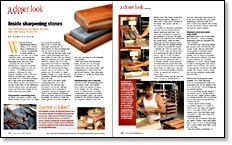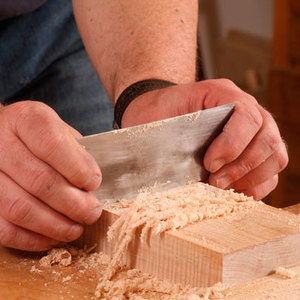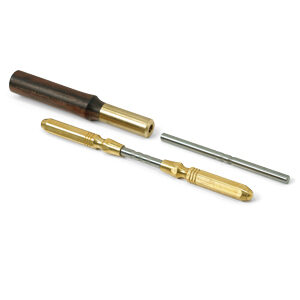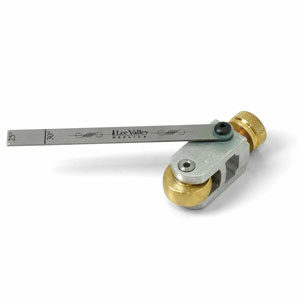Inside Sharpening Stones
Discover the differences between natural and man-made products
Synopsis: Garrett Hack delves into the history and manufacture of natural and man-made sharpening stones. He offers suggestions on which type of stones to get, along with tips on maintenance. A helpful grit chart details the grading nomenclature for synthetic oilstones, natural oilstones, diamond plates, synthetic and natural waterstones, and sandpaper.
Walk into Norton’s manufacturing plant in Littleton, N.H., and the smell is reminiscent of a bakery. Arranged like so many pastries on cooling racks are row after row of fresh Crystolons, Indias, and waterstones— just some of the dozens of different sharpening stones they bake daily.
Just down the road, the Pike Manufacturing Company has quarried its world-famous stones for well over a century: “1,100 different abrasive products, a whetstone for every purpose.” Holding a hunk of this mica schist in one hand and a fresh manmade India stone in the other prompted me to learn more about sharpening stones. Where do they come from? How are they made? What are the differences between natural stones and man-made stones, and what series of grits do you need to keep your tools sharp?
The properties of sharpening stones
All stones, man-made or natural, share distinct features that give them the ability to cut tool steel. Steel isn’t easy to cut: It can be hard and tough, especially the new alloys such as A2 that are finding their way into plane irons and chisels.
To bite into the steel and scrape some away, a good sharpening stone has to have plenty of tough, hard grit particles. While the maximum size of the particles should be uniform, free of the odd large pieces that would cut extra-deep scratches, smaller particles are fine; in fact, they fill voids around the larger particles and cut and polish, too. The particles can’t be bonded too tightly together, though, or no fresh ones will be exposed with use and the stone will glaze and clog.
It isn’t easy to see what’s inside a sharpening stone, even with a microscope. You can’t just take one apart to see the grit, although manufacturers try to understand a competitor’s product by doing just that. There is much subtlety in producing man-made stones, and lots of proprietary knowledge. It’s possible to know the relative grit size of a stone, but little of how much grit there is or its sharpness and durability.
With both natural and man-made stones, the best you can do is get a feel for how the stone cuts, and perhaps look at the honed surface with a magnifying lens. Some stones feel smooth and slippery, while others give the friction of a steady cut. Every stone is different.
From Fine Woodworking #178
For the full article, download the PDF below:
Fine Woodworking Recommended Products

Lie-Nielsen No. 102 Low Angle Block Plane

Bahco 6-Inch Card Scraper

Veritas Micro-Adjust Wheel Marking Gauge





















Log in or create an account to post a comment.
Sign up Log in